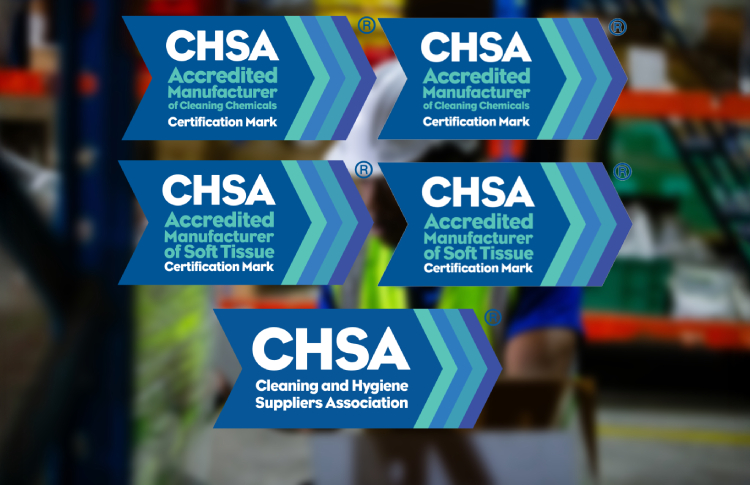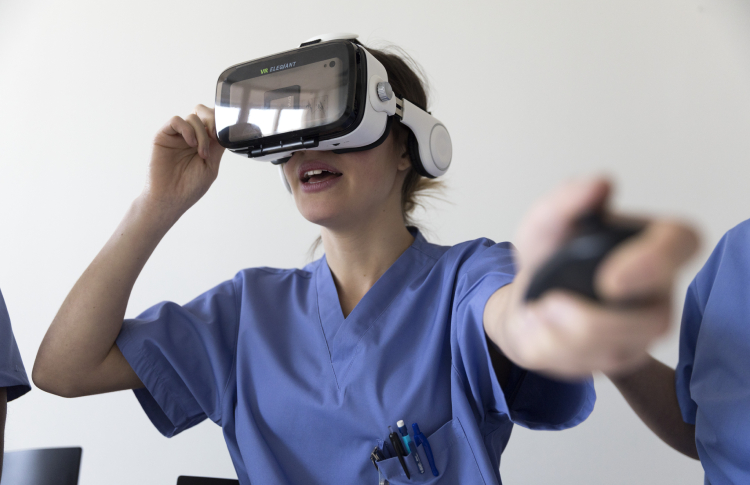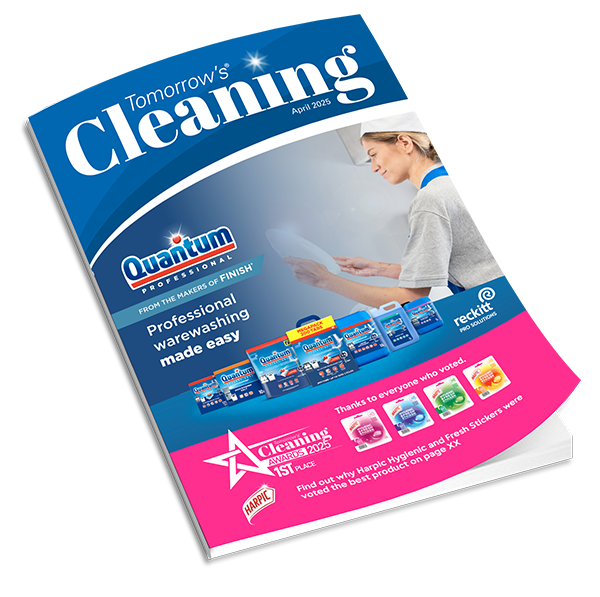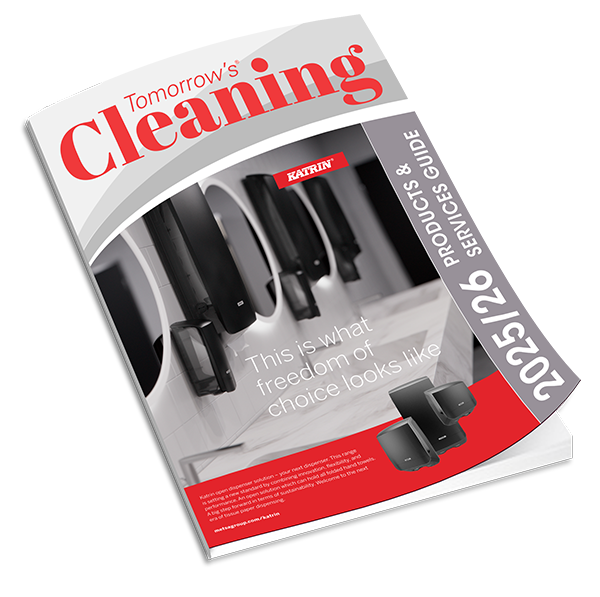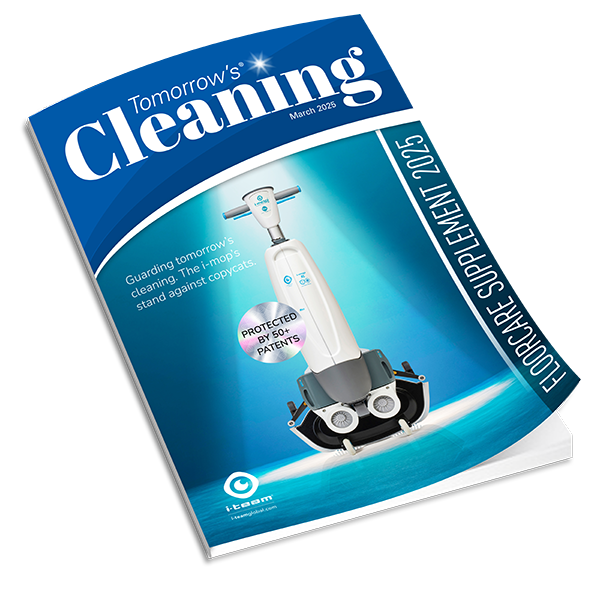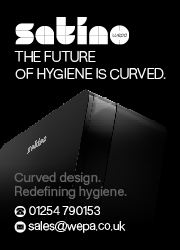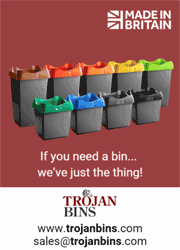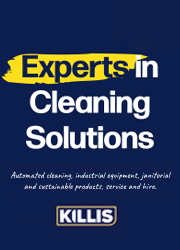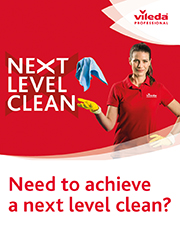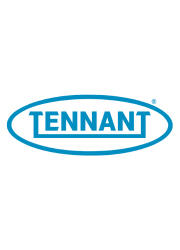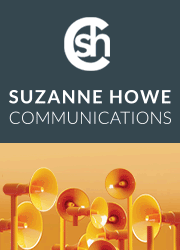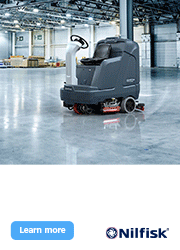Leading cleaning product manufacturer and distributor Robert Scott has revealed the findings of its latest customer research, identifying the key trends that will dominate the cleaning and hygiene sector in 2022.
The three biggest trends identified by the research were reducing plastic waste, green cleaning, and increased visibility and frequency of cleaning – all of which are predicted to influence the cleaning practices used by businesses in 2022 and beyond.
Looking at ‘green’ cleaning, Robert Scott’s research found three key areas that businesses believe to be of greatest importance to improving sustainability. These are reducing plastic waste (75%), using products made from recycled materials (60%), and implementing more reusable products into cleaning regimes (55%).
The research also found that supply chain disruption had a much greater impact on businesses than COVID-19 during 2021, with an overwhelming 60% of businesses admitting that supply chain issues had had the biggest impact on their business, while only a third (33%) stated COVID-19.
Alastair Scott, Sales Director at Robert Scott, explained: “Last year, we faced a number of supply chain challenges that created something of a perfect storm for our sector – and we weren’t alone. We dealt with these challenges in a number of ways: increasing our stock holding capacity and introducing customers to alternative products that were available or manufactured here in the UK to mitigate the delays caused by Brexit on importing goods.
“In turn, this led to some interesting shifts in our customers’ behaviour, with businesses opting for more reusable and sustainably manufactured products that reduced the volume of waste from disposable products we saw at the start of the pandemic.
“This contributed to the huge shift towards sustainability that we’ve seen, along with a number of other factors including the outcomes of the COP26 conference and changing legislation such as the incoming Plastic Packaging Tax in the UK.
“We see this as a really positive step forwards – particularly in the cleaning sector for which, while some businesses have made sustainability a priority, there are still many areas that can be improved using the latest product innovation and technology available. As a manufacturer, one area we’re exploring is alternative packaging for our products that will support our business’ targets for reducing plastic waste.
“Interestingly, almost half of our customers (47%) stated that the effectiveness of products was also one of the most critical elements of cleaning sustainably. This is an important distinction to make as we head into 2022 – businesses need to closely evaluate their supply chains and any products or systems they’re looking to introduce with the goal of becoming more sustainable.
“Prioritising procurement of products made from recyclable materials, or those that offer multiple use will help to reduce a business’ overall environmental impact, but the efficacy of a product must be tested against the requirements of the cleaning task to ensure it delivers optimum cleaning and hygiene performance. Otherwise, it will become additional waste going to landfill unnecessarily. In addition, localising supply chains and looking for products that are manufactured here in the UK will also help to reduce the carbon footprint when it comes to logistics and distribution.”
One area that businesses considered challenging when it came to improving sustainability was the cost of products. Robert Scott’s research found almost three quarters (73%) of companies believe the cost of products to be the biggest barrier to becoming more sustainable, followed by product availability (40%).
Alastair continued: “While cost will arguably always remain the deciding factor for many businesses, I would encourage teams to widen the lens and look at the greater value of using sustainable cleaning products and methods in their daily regimes. Yes, there can be a slightly higher product price upfront, but most products are designed to be used multiple times and, if manufactured to a high standard, will be more robust than cheap, single-use products.
“Considering the wider value of a product will also help companies choose products that are better for business; prioritising staff wellbeing, for example, and ensuring cleaning processes don’t have a detrimental impact on the health of the end user. This is where switching to products that can be used with less chemical cleaning agents should become a key focus for businesses in 2022.”
In the age of COVID-19, robust infection control measures are now part of daily cleaning regimes and have undoubtedly helped to reduce transmission in both commercial and domestic environments. When considering the visibility and frequency of cleaning, one in five businesses (20%) believe this will be the biggest trend for the cleaning industry in 2022.
Alastair added: “This trend has remained of high importance since our last research was conducted in December 2020 and demonstrates just how much public perceptions of cleaning have shifted to relying on the presence of janitorial staff. At present, businesses are struggling to manage the impact of the Omicron variant on staff shortages and cleaning regimes.
“Our recommendation here would be to look at products that can improve efficiency without compromising results. This means looking for products that can save time for end users, such as a microfibre mop system that uses pre-soaked pads which can be quickly and hygienically changed to prevent cross-contamination and don’t require repeatedly changing mop bucket water.
“It can be difficult to strike the right balance, but what the pandemic has shown us is that greater visibility of cleaning processes is here to stay. Businesses that haven’t yet investigated ways they can improve efficiencies for their staff and customers, and do so more sustainability, are likely to be left behind as our sector continues to innovate to deliver superior cleaning results that improve hygiene and boost infection control.”









